Chongqing's new Industrial Museum bridges the Chinese city's past and future
Emerging architecture practice WallaceLiu has completed its latest project, the Chongqing Industrial Museum, which comprises the transformation of an abandoned factory in China into a cultural landmark for the growing city
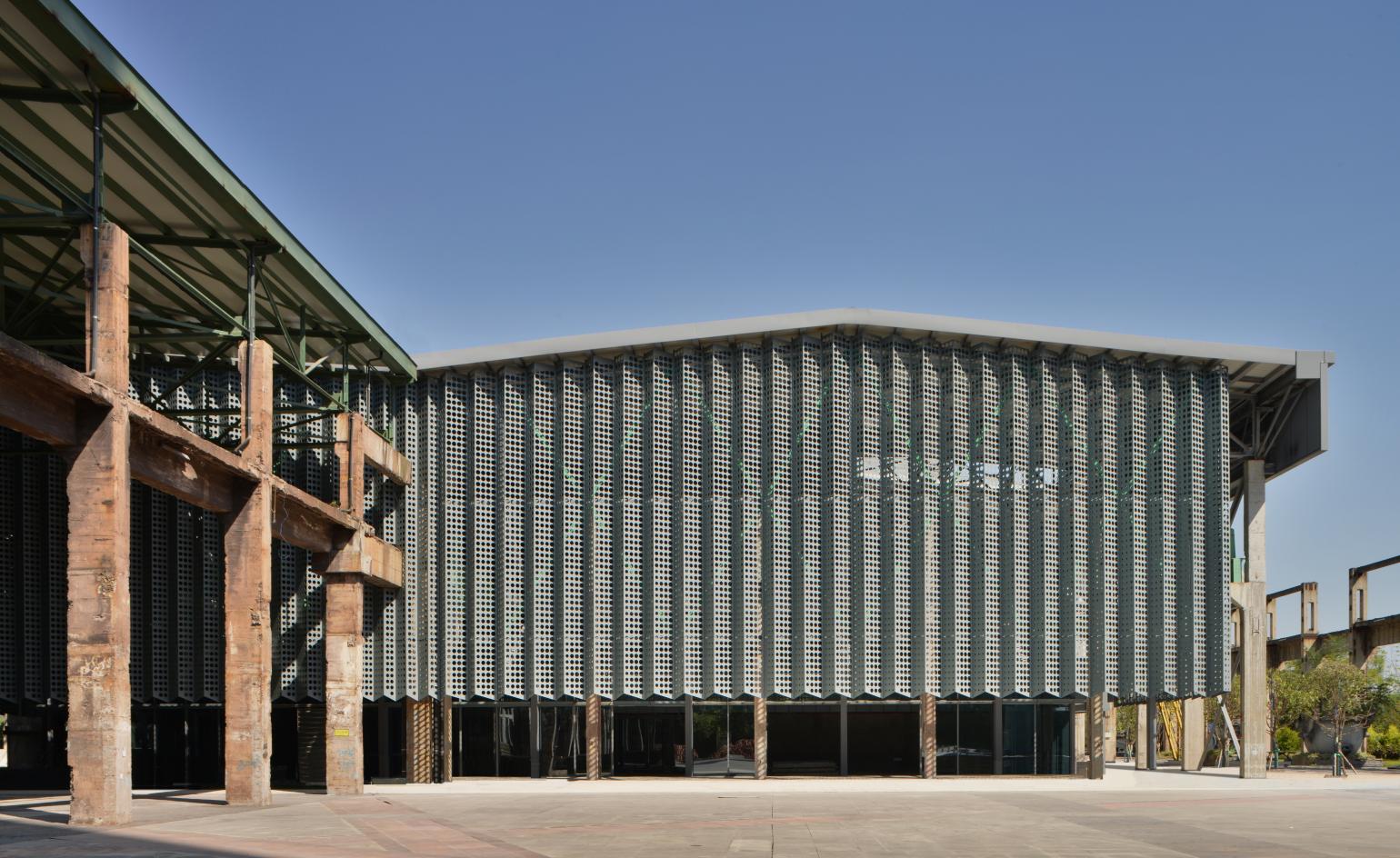
When the Chongqing Iron and Steel plant was inaugurated in the Chinese city in 1938, it represented an important highlight in both local pride and country-wide industrial strength (so much so, that it was visited and celebrated by Chairman Mao in the 1950s). However, as times changed and the city grew, the large scale site became defunct and abandoned, leaving a considerable chunk of town in neglect, as the complex, which originally was in the city's outskirts, now slowly became a central part of town as Chongqing's sprawl expanded in the 21st century. So, the city soon started looking into ideas to redevelop the site, while somehow maintaining its historical significance.
Enter emerging architecture practice WallaceLiu, headed by Jee Liu and Jamie Wallace, who were based in China at the time and now have relocated to London. The firm were appointed to transform the important industrial site into a new 7,500 sq m museum that highlights the steelworks' cultural, social and industrial history and is part of a larger redevelopment of the old factory campus. The project's scale was considerable, but the young studio responded with flair by taking the plunge and researching the city's heritage while exploring efficient ways to approach both materials and building techniques.
‘By working with adaptive re-use our design is about rearranging and reframing what is there, and in the case of the museum, accentuating the visual and spatial experience to purposefully make it more dramatic and more complex,' says Wallace. ‘Breaking down the exhibition journey into a series of spaces that travel through the existing structures and around the open public foundation hall invites visitors to explore and observe the existing features whilst completing their composed exhibition narrative.'

The result is a striking complex where old parts have been maintained, lovingly restored and highlighted, yet sit comfortably and in harmony with new elements that bring the museum to the 21st century. The architects kept the scale and grandeur of the original structures, while clearing it from hazardous parts and polishing the interior to make it suitable for display purposes.
The new structure creates a flowing indoors/outdoors relationship, while the new exhibition halls are lifted up and a trajectory is created through different halls and bridges across the site. A permeable, lightweight steel structure in carefully selected hues wraps around the building, uniting the whole. Inside, a central atrium hall, including cloakrooms, toilet facilities, bookshop and a projection room, becomes the heart of the visitor experience.
‘The materials and colours we chose, and the aesthetics of the large perforated metal curtains supported by tall truss-like structures, come from observations on site, and our intentional compositions with the ruin like post-industrial context,' says Liu. ‘We wanted to create a dynamic composition, layered edges, and the possibility of wandering. This allows the existing features of the old factory to play a foreground.'


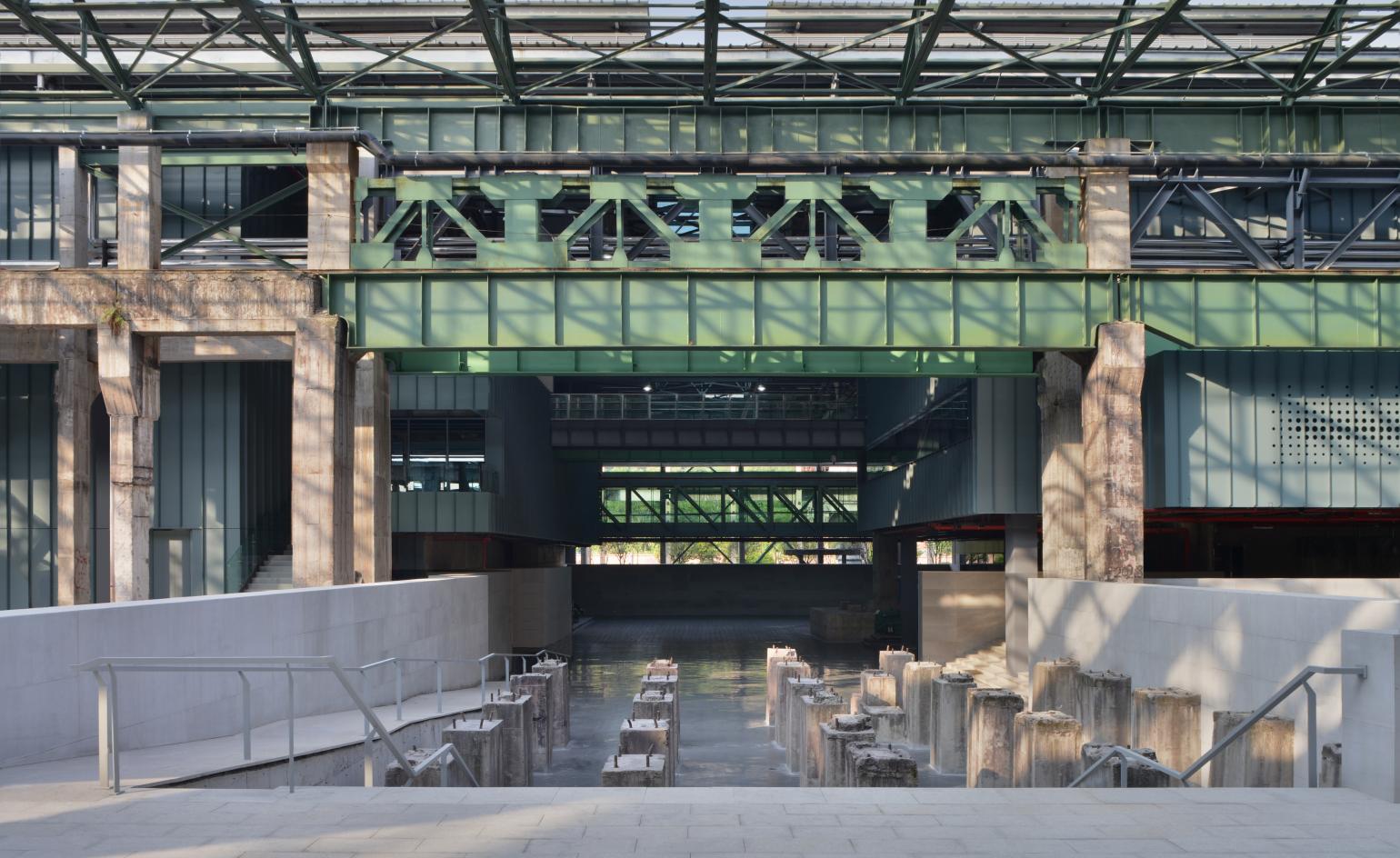
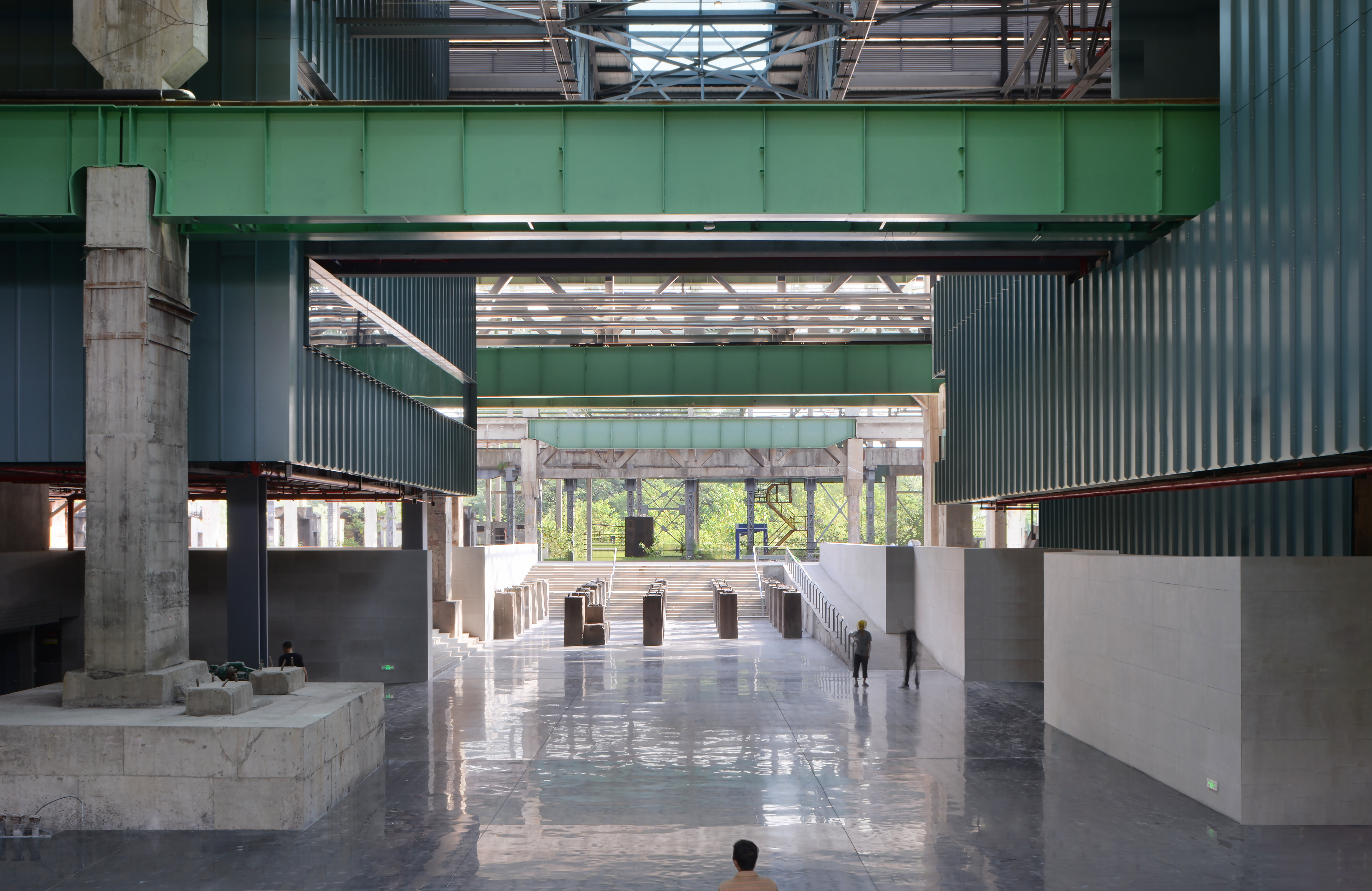

INFORMATION
Receive our daily digest of inspiration, escapism and design stories from around the world direct to your inbox.
Ellie Stathaki is the Architecture & Environment Director at Wallpaper*. She trained as an architect at the Aristotle University of Thessaloniki in Greece and studied architectural history at the Bartlett in London. Now an established journalist, she has been a member of the Wallpaper* team since 2006, visiting buildings across the globe and interviewing leading architects such as Tadao Ando and Rem Koolhaas. Ellie has also taken part in judging panels, moderated events, curated shows and contributed in books, such as The Contemporary House (Thames & Hudson, 2018), Glenn Sestig Architecture Diary (2020) and House London (2022).
-
 Is the Calibri typeface 'woke'? We asked its designer
Is the Calibri typeface 'woke'? We asked its designer'It's more a compliment than something bad for me,’ says the Dutch type designer Lucas de Groot
-
 The Wallpaper* Design Awards are back in 2026 – see who's shortlisted
The Wallpaper* Design Awards are back in 2026 – see who's shortlistedOur annual design awards returns in January – here are the first shortlisted nominees
-
 RIBA House of the Year 2025 is a ‘rare mixture of sensitivity and boldness’
RIBA House of the Year 2025 is a ‘rare mixture of sensitivity and boldness’Topping the list of seven shortlisted homes, Izat Arundell’s Hebridean self-build – named Caochan na Creige – is announced as the RIBA House of the Year 2025
-
 Wang Shu and Lu Wenyu to curate the 2027 Venice Architecture Biennale
Wang Shu and Lu Wenyu to curate the 2027 Venice Architecture BiennaleChinese architects Wang Shu and Lu Wenyu have been revealed as the curators of the 2027 Venice Architecture Biennale
-
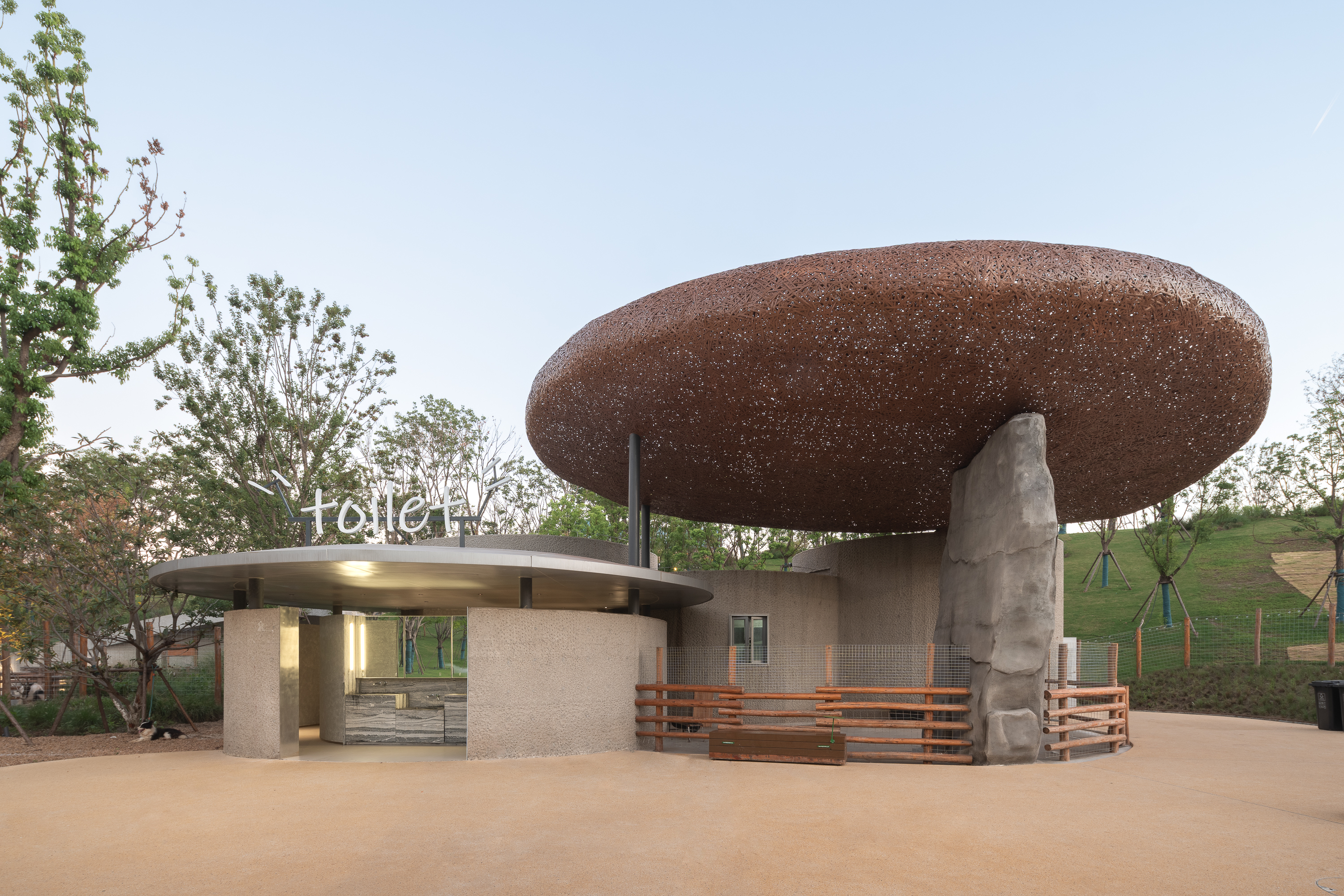 Tour this Chinese eco-farm, an imaginative wonderland connecting visitors with nature
Tour this Chinese eco-farm, an imaginative wonderland connecting visitors with natureLuxeIsland Farm by Various Associates is an eco-farm and visitor attraction in China’s picturesque Wuhan region; take a stroll across its fantastical landscape
-
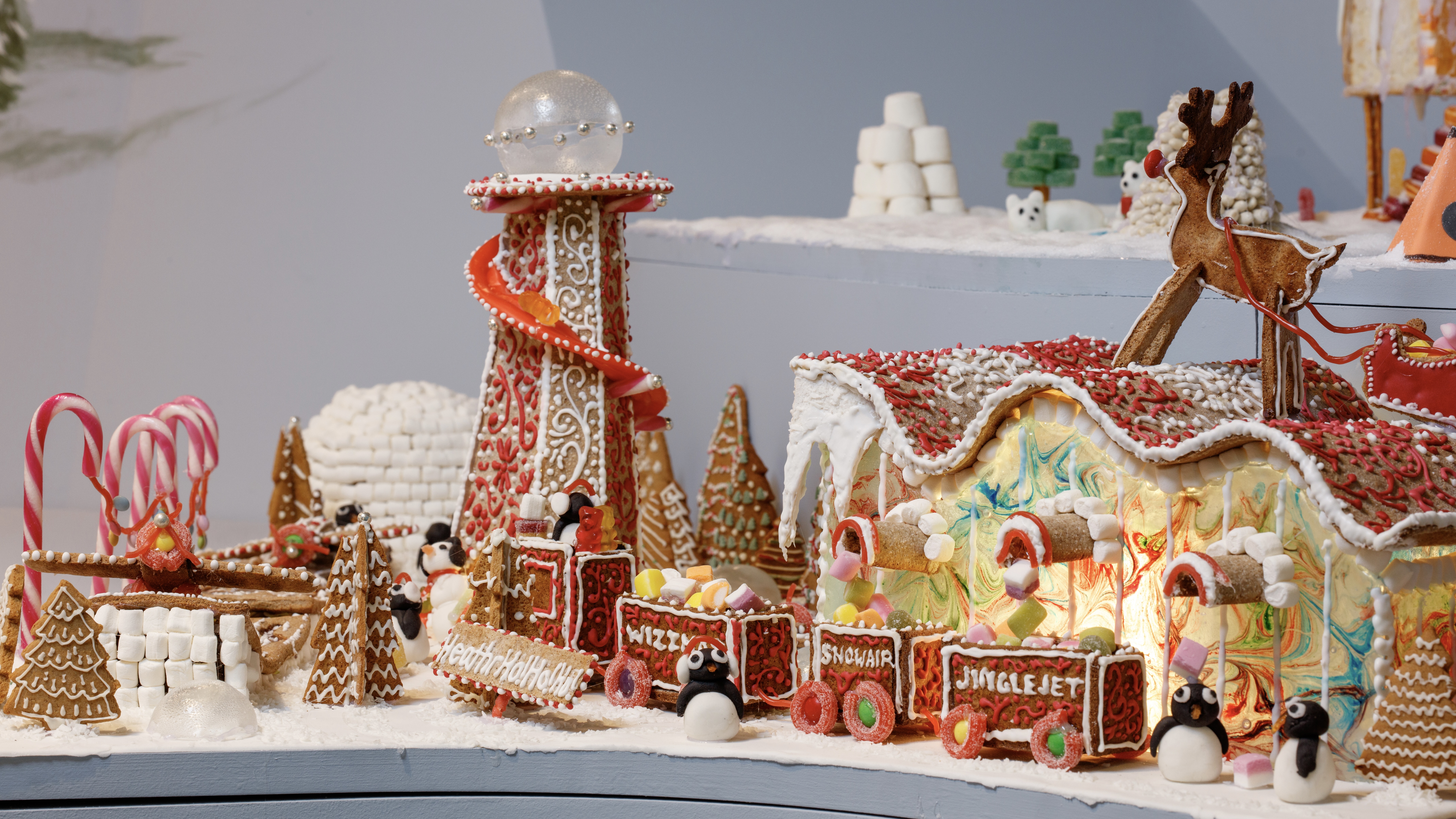 Welcome to The Gingerbread City – a baked metropolis exploring the idea of urban ‘play’
Welcome to The Gingerbread City – a baked metropolis exploring the idea of urban ‘play’The Museum of Architecture’s annual exhibition challenges professionals to construct an imaginary, interactive city entirely out of gingerbread
-
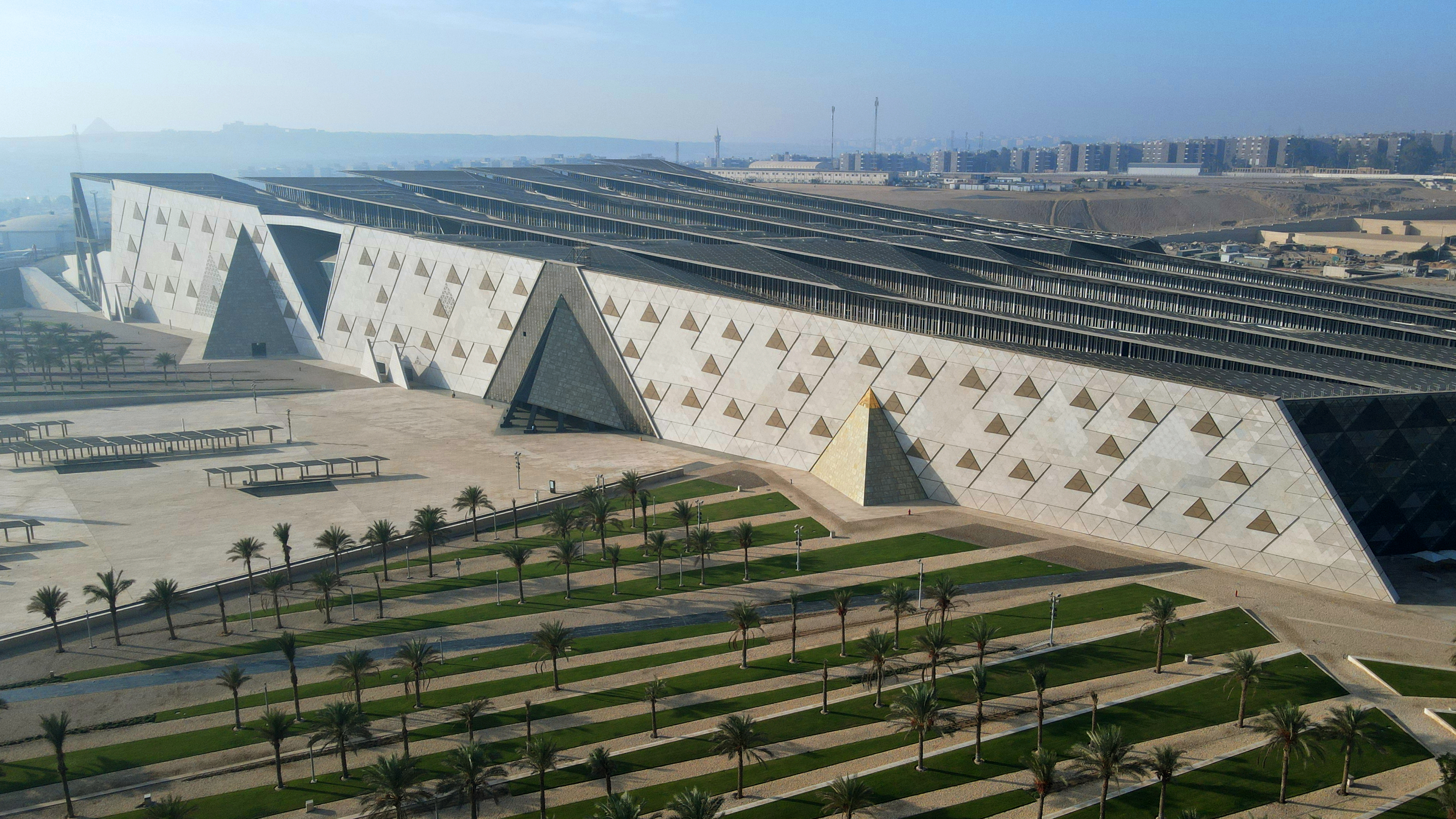 The Grand Egyptian Museum – a monumental tribute to one of humanity’s most captivating civilisations – is now complete
The Grand Egyptian Museum – a monumental tribute to one of humanity’s most captivating civilisations – is now completeDesigned by Heneghan Peng Architects, the museum stands as an architectural link between past and present on the timeless sands of Giza
-
 Honouring visionary landscape architect Kongjian Yu (1963-2025)
Honouring visionary landscape architect Kongjian Yu (1963-2025)Kongjian Yu, the renowned landscape architect and founder of Turenscape, has died; we honour the multi-award-winning creative’s life and work
-
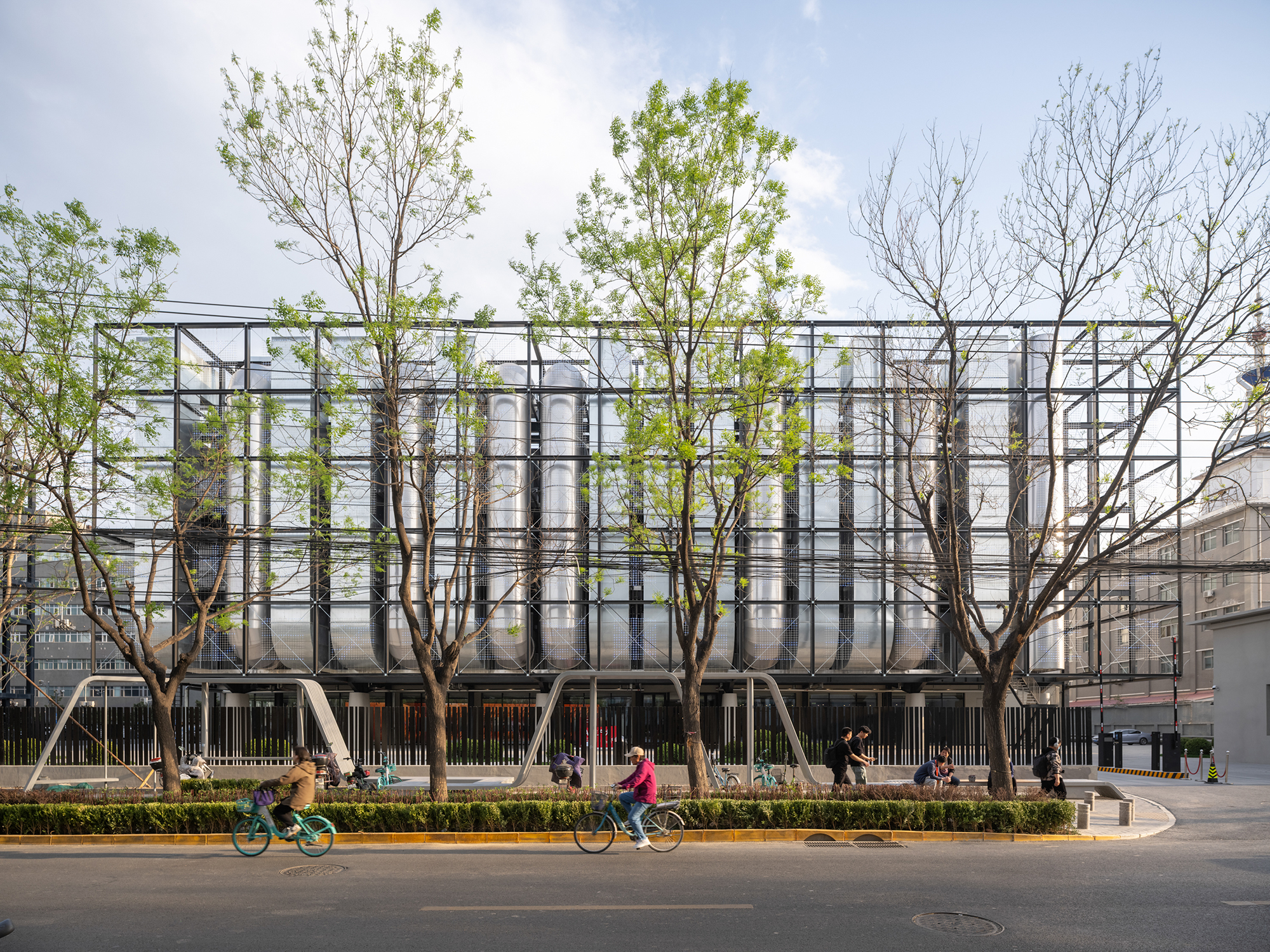 A new AI data centre in Beijing is designed to evolve and adapt, just like the technology within
A new AI data centre in Beijing is designed to evolve and adapt, just like the technology withinSpecialised data centre Spark 761, designed by llLab, is conceived as a physical space where humans and AI technology can coexist
-
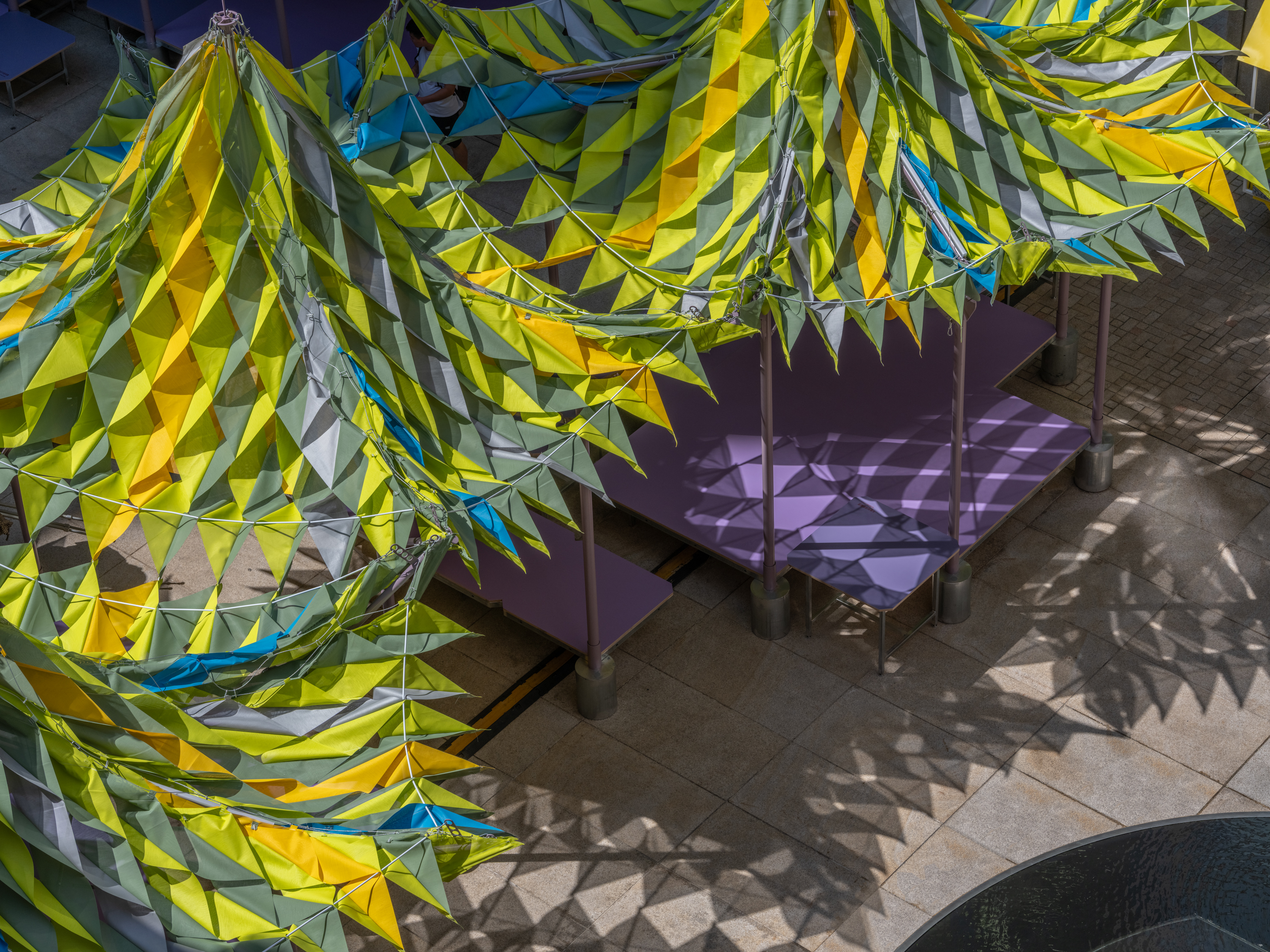 Shanghai’s biennial, RAMa 2025, takes architectural exploration outside
Shanghai’s biennial, RAMa 2025, takes architectural exploration outsideRAMa 2025, the architecture biennial at Rockbund Art Museum in Shanghai, launches, taking visitors on a journey through a historic city neighbourhood – and what it needs
-
 Atelier About Architecture’s ‘house within a house, and garden within a garden’
Atelier About Architecture’s ‘house within a house, and garden within a garden’House J in Beijing, by Atelier About Architecture, is an intricate remodelling complete with a hidden indoor garden and surprising sight lines